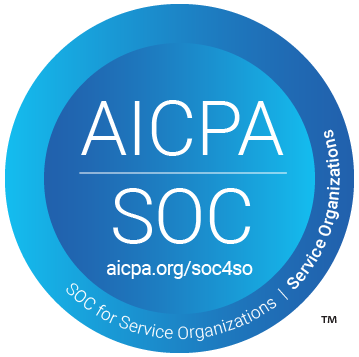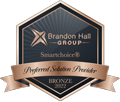Want to learn a dirty secret about Activity Inheritance? It’s a lie! ;-)

Want to learn a dirty secret about Activity Inheritance? It’s a lie! ;-)
Thinking Cap’s greatest party trick is the tree of domains that allow you to define complex organizations and allows for any number of these Domains to have their own URL and unique Learner Experiences. Using Inheritance allows you to keep a wide and evolving tree of Domains while minimising duplicate administrative tasks and lets you make administrative choices they can be enforced to lower domains in the tree.
Things we can inherit from one domain to another include Resources and Settings like “Security Roles”, “Assessment Questions”, “Feedback Surveys”, “Custom Fields”, “Activity Defaults”, “Virtual Rooms”… the list is in the dozens. Thinking Cap even support inheritance of “Branding” settings so common brand elements don’t need to be constantly updated yet leaving the ability to branch out some branding elements in child domains.
We also provide the ability to set some things to “Deny Inheritance” like in the case of a “Room” that can be used for “Instructor Led Training” in the "Custom Filed” associated to Learning Paths that is import to the Parent domain but makes no sense in the Child domains.
The flip side to Inheritance is where we use this to prohibit a Child from overriding the settings made at a parent level. For example, if “Log In” requires a password of a certain defined strength or freshness at a Parent level no domain under that domain can reduce these requirements. Or, where “Nomenclature” has been set up in a parent to rename an “Elearning” to a “Course” or “Virtual Room” to “Webinar” that Parent can dictate that Child domains may not rename those items.
This is a long way of saying…. Things trickle down the Domain tree.
But what about Activities? Does an eLearning Course in a Parent domain inherent to the lower domain?
When you are looking at the “Explorer”, our name for the main administrative view of Thinking Cap one of the filters in the Activity lists is “Activity Origin” and the options are “Local”, “Shared” and “Parent”. In the case of local and shared we are looking at things that are actually in the current domain. But when you select Parent what we show you are the items from up the tree. You can’t change them in any way and the Settings button is completely greyed out because they are not real in your domain. We show this to you because while everything in the LMS including Security Permissions travel down the tree Membership in a domain travel up! As a member of the Philosophy Department, I am also a Member of the Liberal Arts Department and also of the University. As a member of the Toronto Baggage Handlers, I am also a member of the Canadian Division and North American Region.
We show you Parent items because, while you don’t control them, they impact you. You can use these items to create Learning Paths. You can Enroll you local users into them. You can run reports on the subset of Activity users that are from your domain. So while not in your domain, pretending these are in some way inherited from the parent is a useful fiction.




